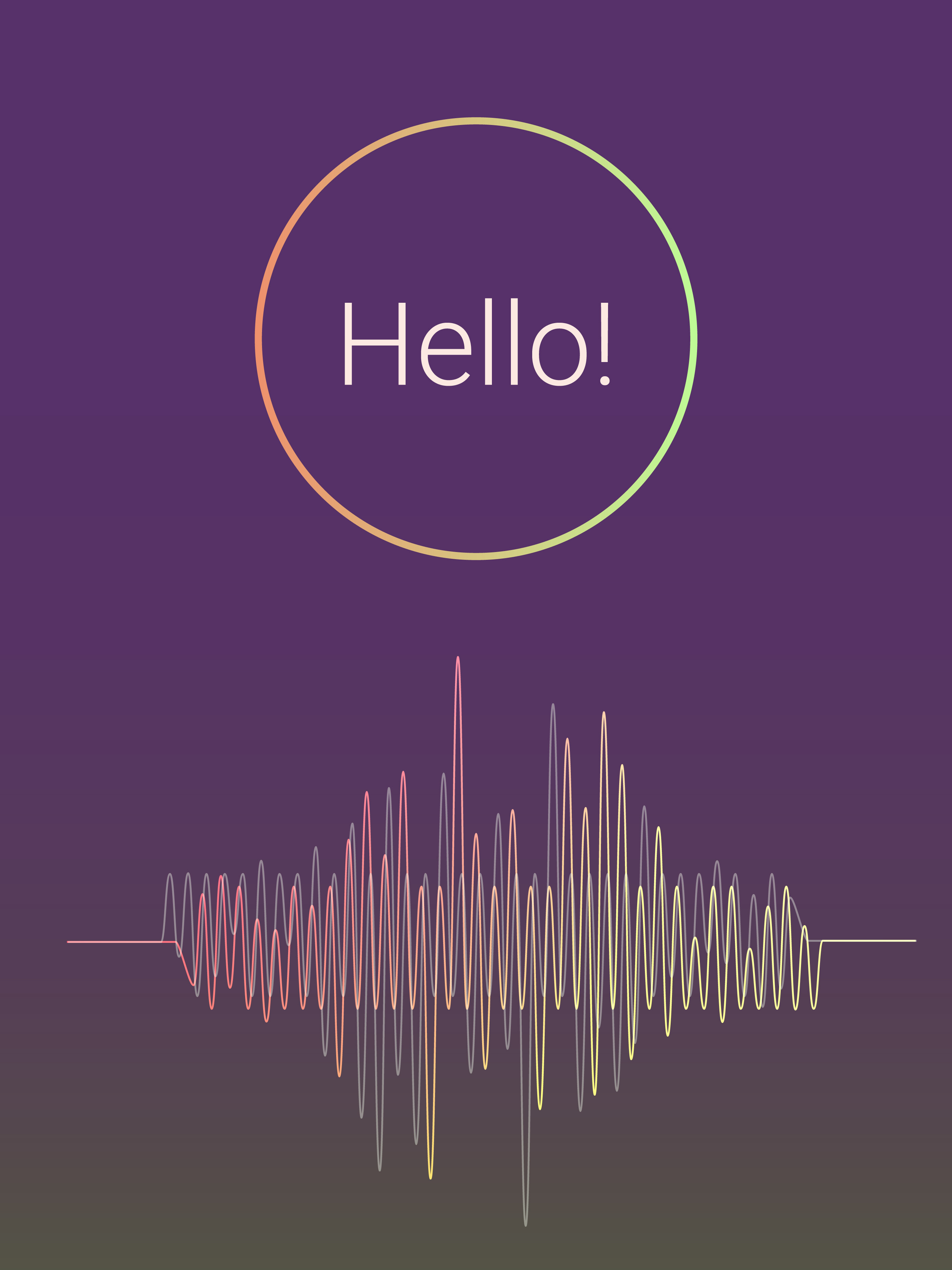The future of computing is giving users what they want when they want it. However, individual behavior, needs, wants and desires are constantly changing, as are user devices and expectations. As a result, the personalized smart assistants of tomorrow must move beyond the pre-programmed services of yesterday. Today’s popular artificial intelligence must characterize individual behaviors over time.
Future personalization and prediction capabilities will require not only an understanding of past behavior and personal preferences, but also the ability to incorporate changes in these factors over time. Smart assistants will need to understand our behaviors, and potentially the motivations for our actions. Once this is accomplished, such assistants could make meaningful substitutions and suggestions for alternatives that fill the same need or desire.
Understanding not only what we do, but why we do it will enable true personalized smart assistants. For example, when we make a purchase, we are buying a particular item to fill a specific need. If this product is no longer available to us, a personalized system would understand the underlying need, combined with the attributes of the product that we find desirable, to suggest a different product. Taken to its logical conclusion, such an assistant could eventually make decisions for us based on understanding the choices available and our preferences. The transition from user-driven to autonomous decision-making will demarcate the age of true smart assistants. However, this functionality will need to be staged such that, in the near term, users are presented with decision options to choose from, while in the long term the smart assistant understands its user so well that it automatically selects the best decision without user input.
AI smart assistants will be the next killer feature
As mobile device features and performance push the envelope of what is useful for most normal users, it will become harder and harder to entice users to continually upgrade these devices based on hardware characteristics. This effect can already be seen in the slowdown in demand for devices like Apple’s iPhone. In the future, companies like Apple will need to differentiate their offerings based on software that provides value to users. Personalization, prediction and eventually autonomous decision making will be the killer software features of tomorrow. The first company to develop a full-featured virtual smart assistant that learns and predicts the needs and wants of individual users will have a significant competitive advantage.
Consider the example in which my smart assistant knows I will be late for a meeting as my usual form of public transportation is running behind. It knows this because it’s monitoring my email (to know the meeting hasn’t been rescheduled), public transportation (to know that it’s running behind), and the motion/location of my phone (to know where I am and how long it will take to get to the office).
In this case, I have two options (to keep it simple). I can (a) reschedule the meeting and take my normal path, or (b) keep the meeting. In this case, a truly useful assistant would do some work behind the scenes and provide me with the most relevant information to make an informed choice between these options. This work would involve calculating all other travel times (Google maps with traffic, Uber and Lyft travel times with traffic/surge pricing, and other trains and transfers), and checking my bank account/credit card balance and upcoming/recurring bills. The assistant could then present the two options to me concisely: (a) reschedule or (b) present the best/cheapest alternative mode, method of payment and amount. If I choose (a), the assistant will automatically compose and send an email with a couple alternative times to everyone involved with the meeting. If I choose to reschedule, the new transportation mode and payment is automatically selected, and my assistant tells me where to go and what to do.
In these scenarios, there is no manual switching between apps on my device. Individual services are accessed in the background by an AI-driven personal assistant. The assistant surfaces relevant content and automatically chains relevant services together to provide meaningful actions to users. Over time however, as users make these decisions, their smart assistants will learn how and when they make some choices over others. In time, these assistants will be able to make decisions autonomously, informing the user of the outcome. In our earlier example case of running late for a meeting, the assistant would not only do all of the information discovery and decision composition, but it would also choose a decision and inform the user of the outcome: “wait at the next corner, your Lyft driver will be there in 2 minutes and you will arrive for your meeting with 5 minutes to spare.”
Beyond the convenience-related benefits, such smart assistants will reshape the app economy. For example, if services are all accessed in the background via deep-linked API calls (to transportation services like Lyft or restaurant services like OpenTable for example), then app makers would focus most of their efforts on creating high-quality services and APIs, rather than expensive UI/UX. This would reduce development costs times and improve service quality. Companies would then compete on the quality of services and the ease of access to those services.
The app ecosystem revenue model would also be impacted. For example, Apple’s payment model would change — from 30% to app creators for app sales, to payments for API calls surfaced through the AI assistants. This would also be a win for companies building the best services and provide access to those services as paid apps are a really tough sell for developers: marketing their apps is costly and mostly ineffective. In this model, the best service to help inform a decision at a place and time wins. If companies build useful services that are easy to consume for multiple decisions (like transportation), they win and generate more revenue.


